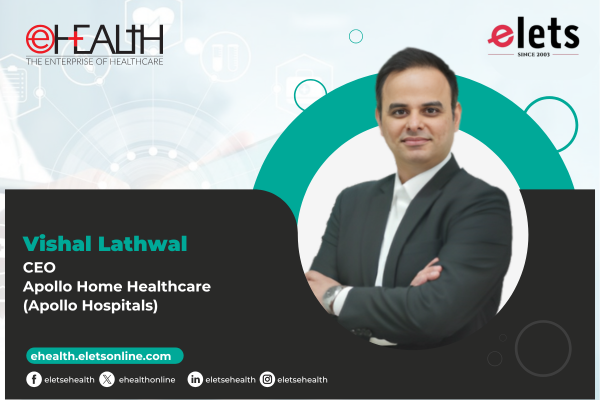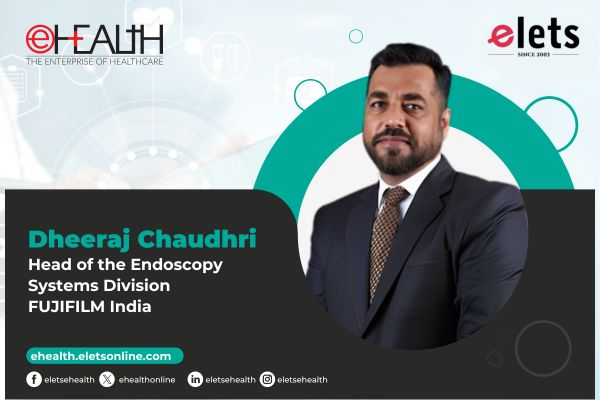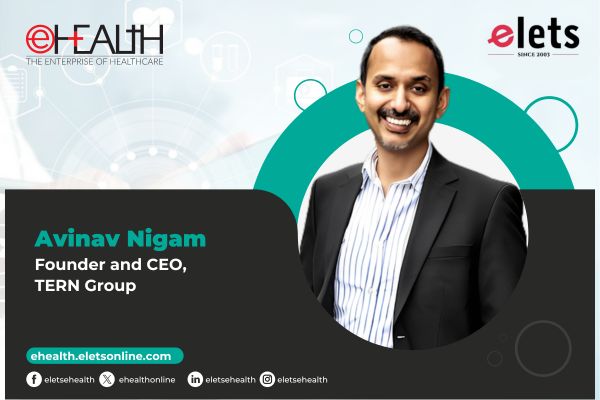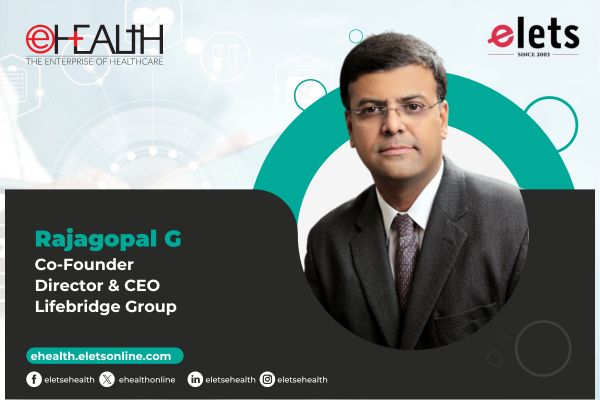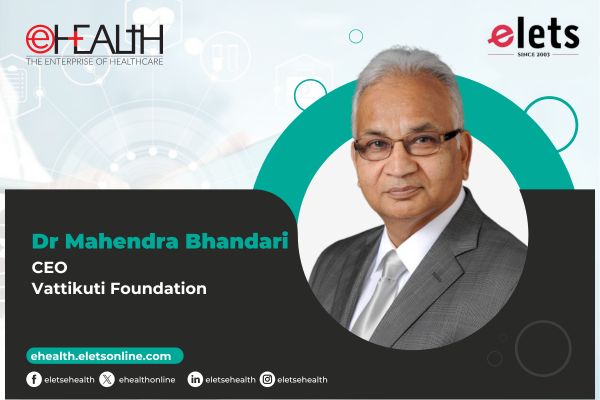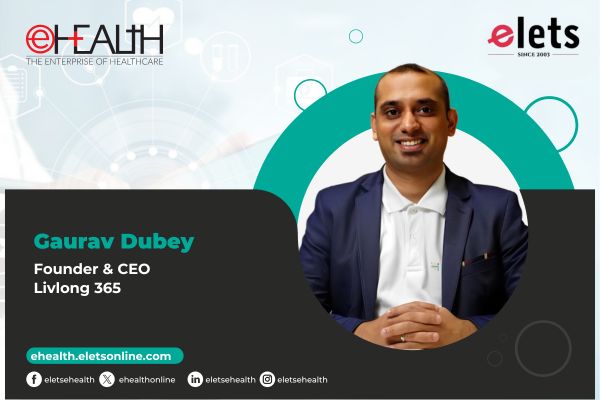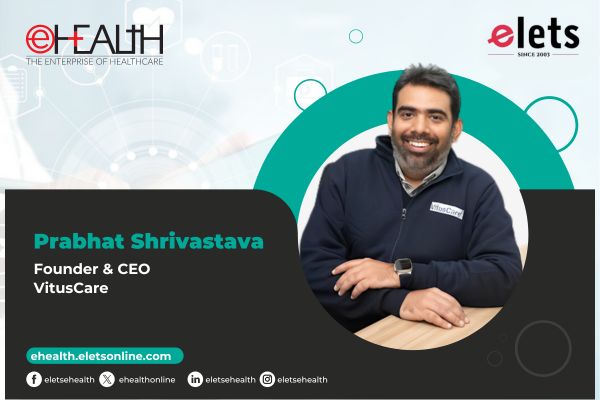
With India facing a severe dialysis gap and a growing burden of chronic kidney disease (CKD), the demand for scalable, cost-effective renal care solutions is more urgent than ever. In this exclusive interview, Prabhat Shrivastava, Founder & CEO of VitusCare, with Dr. Asawari Savant of Elets News Network (ENN), discusses how his company is leveraging innovative models and technology to bridge the accessibility gap and reshape India’s dialysis landscape. Edited excerpts
India faces a significant dialysis gap, with a shortage of centers and machines. What are the biggest industry-wide challenges in scaling renal care?

India is often referred to as the diabetes capital of the world. Additionally, hypertension (high blood pressure) is another major medical concern in a country of 1.4 billion people. Together, these conditions contribute to the growing prevalence of Chronic Kidney Disease (CKD), a silent killer that may eventually lead to kidney failure, or End-Stage Renal Disease (ESRD). At this stage, patients require either dialysis—a therapy that helps remove waste, salts, and excess fluids from the blood in the absence of healthy kidneys—or a kidney transplant.

According to government data, approximately 2.2 lakh new ESRD patients are added annually, creating a demand for 3.4 crore dialysis sessions each year. However, due to the lack of a nationwide renal registry, reliable statistics are scarce. Population-based studies estimate a CKD prevalence rate of 4–20% in India. When CKD reaches its final stage, the infrastructural and financial burden of dialysis becomes overwhelming. With kidney transplants being costly and donor availability limited, dialysis remains the primary option for most patients.

How does VitusCare’s hub-and-spoke model improve access to affordable, high-quality dialysis treatment in underserved regions?

VitusCare has implemented a hub-and-spoke model to bridge the gap in renal care accessibility. The company establishes large dialysis centers in key locations in partnership with hospitals while setting up smaller satellite units within a 50 km radius to cater to high-demand areas. These satellite centers, fully operated by VitusCare, significantly reduce travel time and costs for patients.
“Patients in rural or semi-urban areas, where dialysis centers are sparse, often travel 50–100 km three times a week,” says Prabhat Shrivastava, Founder & CEO of VitusCare. “The financial burden is staggering. Dialysis treatment alone costs around INR 2.4 lakh per year, excluding expenses for tests, medication, and travel. Without government support through schemes like the Pradhan Mantri National Dialysis Programme (PMNDP) and Ayushman Bharat Yojana, which provide subsidized treatment for low-income families, many patients in underserved regions would struggle to afford the care they need.”
With the dialysis market projected to grow at nearly 10% CAGR, what trends do you see shaping the future of renal care in India?
India’s dialysis market is expected to grow from $2.1 billion in 2022 to $4.4 billion by 2030 at a CAGR of 9.5%. This growth presents significant opportunities for companies like VitusCare. On a global scale, the market is estimated to reach $181.2 billion by 2032, up from $98.5 billion in 2024, creating new avenues for Indian startups to expand internationally.
To meet increasing demand, VitusCare plans to scale its network to over 500 centers within the next five years, solidifying its position as a leading renal care provider. The company also intends to replicate its successful India model in underserved global markets.
Also Read :- Transforming Preventive Healthcare with AI-Powered Imaging
Dialysis treatment is financially challenging for many patients. How does VitusCare ensure affordability, and what role do government schemes play?
VitusCare collaborates with hospital partners to offer cashless dialysis to patients covered under various government and private insurance schemes. The company is empaneled with insurance providers such as ICICI, HDFC, and Star Health, allowing patients to access treatment without upfront payments. Additionally, government-backed schemes like Ayushman Bharat, Employees’ State Insurance (ESI), and the Central Government Health Scheme (CGHS) provide financial relief to eligible patients.
For those not covered under any insurance schemes, VitusCare offers dialysis services at affordable rates, ensuring that cost does not become a barrier to critical renal care.
VitusCare has rapidly expanded to over 50 centers and plans to triple its footprint by 2025. Where do you see the company in the next five years, and how do you plan to transform renal care in India?
VitusCare has raised over INR 40 crore in funding from VC firms, including Tomorrow Capital. While the company has not officially commented, media reports suggest it is seeking an additional $8–10 million to support its domestic and international expansion plans.
The company achieved EBITDA breakeven in FY23 and reported a revenue of INR 25 crore in the following financial year. VitusCare aims to double its monthly revenue run rate (MRR) year-over-year by March 2025—from INR 2.5 crore to INR 5 crore—and targets an annual revenue run rate (ARR) of INR 100 crore by FY26.
To meet these ambitious goals, the company plans to expand its network to over 500 centers in the next five years. It is also investing in technology to enhance operational efficiency and patient care. VitusCare is developing an internal app and leveraging comprehensive CRM solutions to optimize resource allocation, streamline center management, and improve patient outcomes.
With a commitment to affordability, accessibility, and innovation, VitusCare is poised to transform the landscape of renal care in India and beyond.
Be a part of Elets Collaborative Initiatives. Join Us for Upcoming Events and explore business opportunities. Like us on Facebook , connect with us on LinkedIn and follow us on Twitter , Instagram.
"Exciting news! Elets technomedia is now on WhatsApp Channels Subscribe today by clicking the link and stay updated with the latest insights!" Click here!






